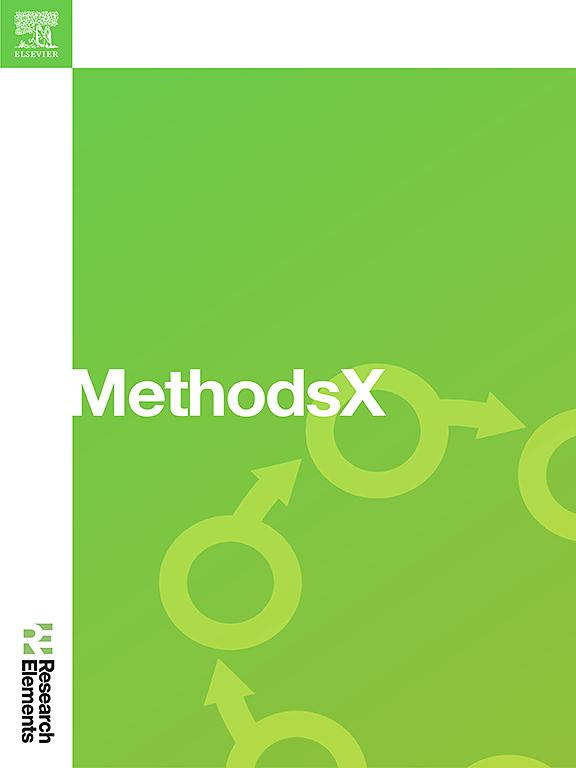动态神经肌肉稳定(DNS)方法对青少年特发性脊柱侧凸(AIS)患者步态、腰盂功能稳定性和腹部核心力量的影响:一项随机对照试验研究方案
IF 1.9
Q2 MULTIDISCIPLINARY SCIENCES
引用次数: 0
摘要
青少年特发性脊柱侧凸(AIS)是一种影响10岁及以上年轻人的三维脊柱畸形。脊柱侧凸的严重程度通常随着年龄的增长而增加,因此早期发现脊柱侧凸对于保守治疗至关重要,以避免手术并保持与健康相关的生活质量。本研究旨在评估动态神经肌肉稳定(DNS)方法在AIS患者步态、腹部核心稳定性和腰骨盆功能稳定性方面的有效性。方法将24名目标AIS参与者随机分为两组,进行为期12周的干预,每周3次,其中包括2次无监督的干预。结果测量将使用卷尺、稳定压力生物反馈、可穿戴传感器BTS G-walk®与跑步机进行评估。组内评价采用配对t检验,组间评价采用独立t检验。结果本研究方案假设DNS方法对改善AIS患者的步态、核心稳定性和腰骨盆稳定性有更显著的影响。结论dns方法可在临床上有效实施,增强AIS患者的身体和功能活动能力。本文章由计算机程序翻译,如有差异,请以英文原文为准。

The effects of dynamic neuromuscular stabilization (DNS) approach on gait, lumbopelvic functional stability and abdominal core strength among adolescent idiopathic scoliosis (AIS): A randomized controlled trial study protocol
Introduction
Adolescent Idiopathic Scoliosis (AIS) is a three-dimensional spinal deformity affecting young adults aged 10 years and above. Severity of scoliosis usually increase with aged, and hence early detection of scoliosis is crucial for conservative treatment to avoid surgery and preserving health-related quality of life. This study aim to evaluate the effectiveness of Dynamic Neuromuscular Stabilization (DNS) approach in gait, abdominal core stability and lumbopelvic functional stability in individual with AIS.
Methods
24 targeted AIS participants will be randomly allocated into two group for 12-week interventions, three times per week including 2 non-supervised sessions. Outcome measure will be assessed using measuring tape, stabilizer pressure biofeedback, wearable sensor BTS G-walk® with treadmill. Paired t-test will be used to assess within groups and independent t-test will be used to assess the efficacy of intervention between groups.
Results
This study protocol hypothesizes that DNS approach will have a more significant impact on improving the gait, core stability and lumbopelvic stability among AIS.
Conclusion
DNS approach can be effectively implemented in clinical settings to enhance the physical and functional mobility AIS patients.
求助全文
通过发布文献求助,成功后即可免费获取论文全文。
去求助
来源期刊

MethodsX
Health Professions-Medical Laboratory Technology
CiteScore
3.60
自引率
5.30%
发文量
314
审稿时长
7 weeks
期刊介绍:
 求助内容:
求助内容: 应助结果提醒方式:
应助结果提醒方式:


